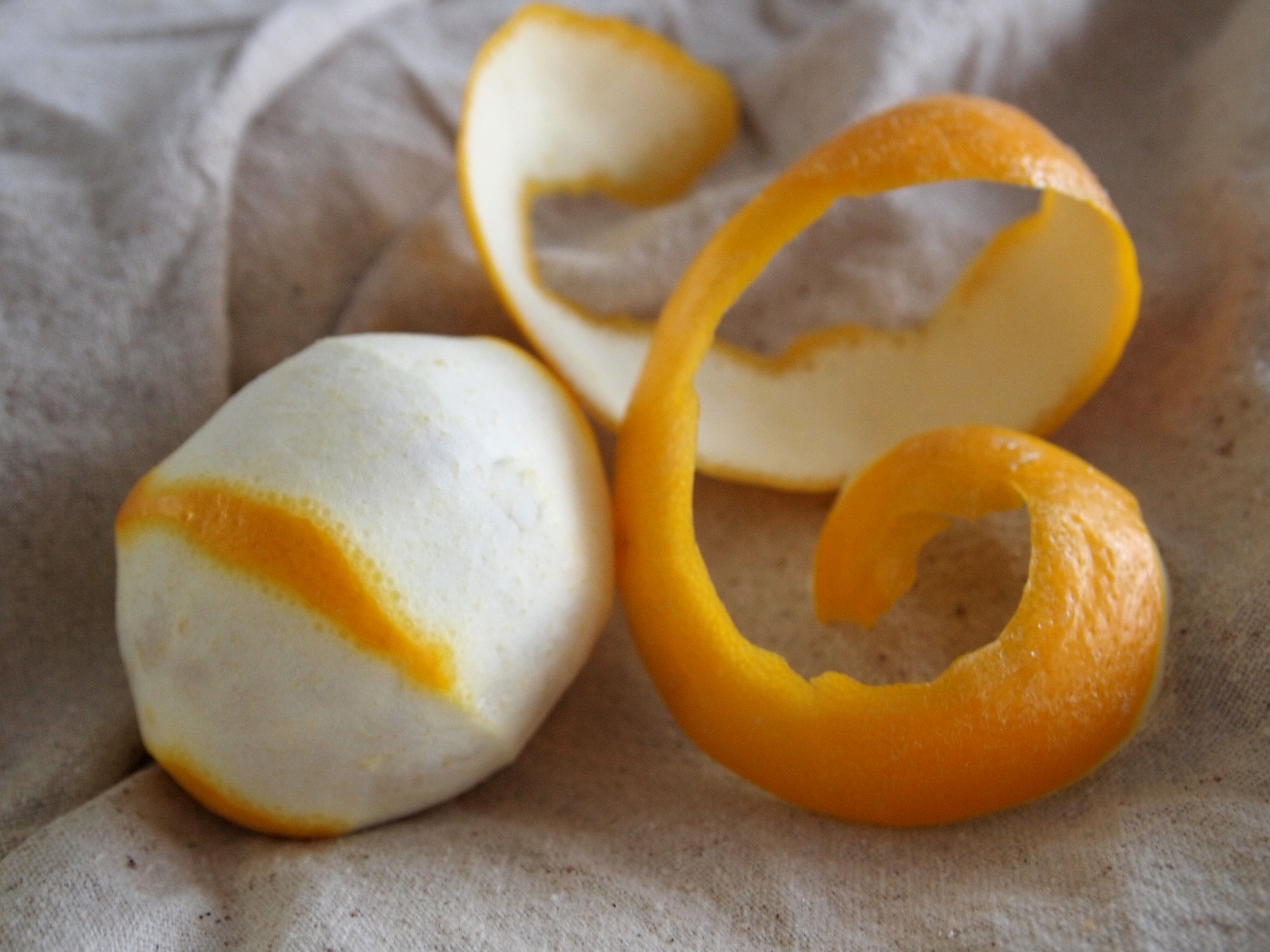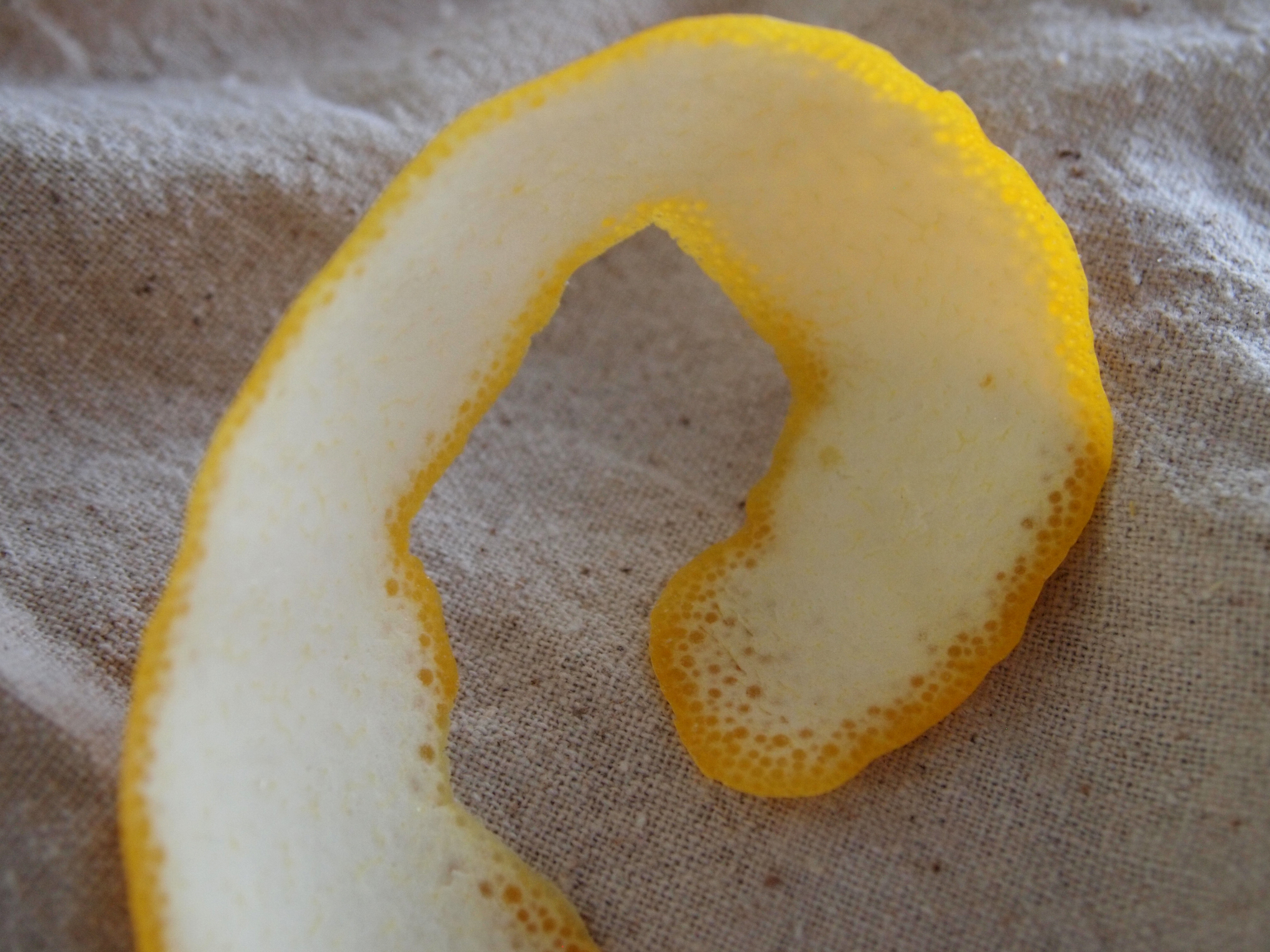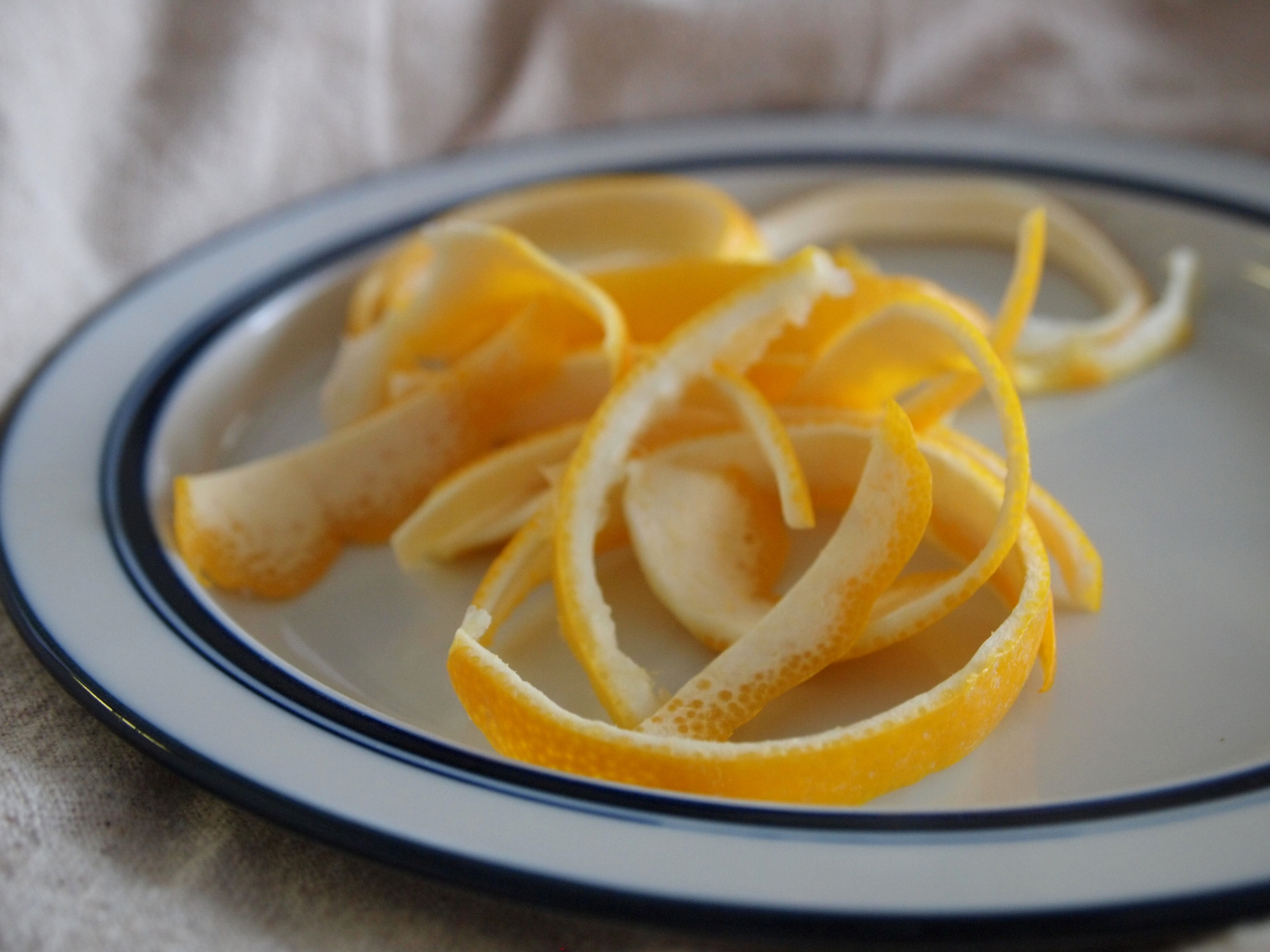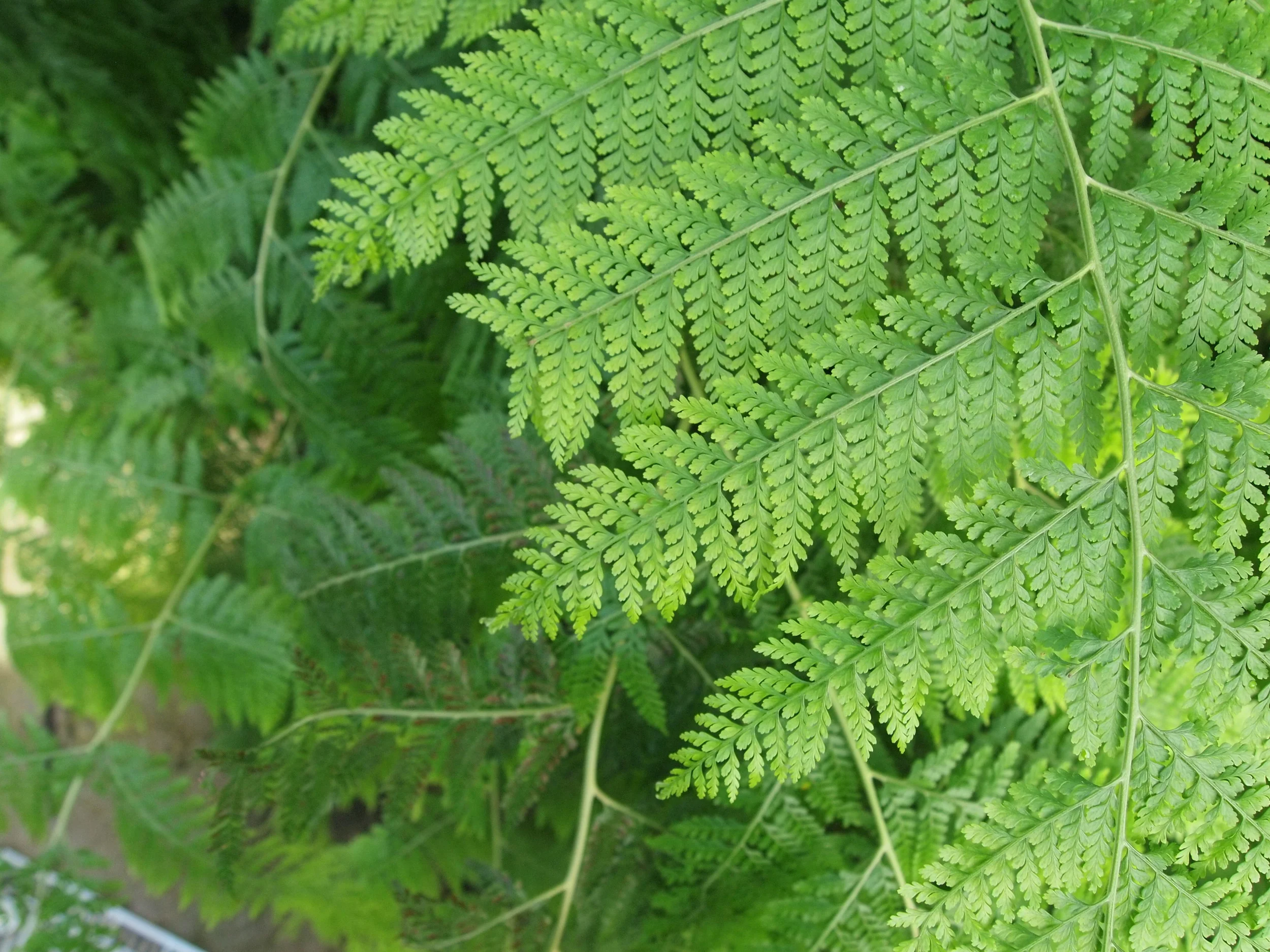Garlic Black Bean Dip for the Superbowl!
/Superbowl Sunday is upon us! Are you doing anything special or having people over to watch? I am not a big football fan, but my family has enough diehard fans to make up for my lack of enthusiasm. Honestly, I just can't take the emotional highs and lows that come with the game, so I choose to avoid it until the very end. Well, the family team is in the Superbowl this year, and Ben is out of town; I'll probably watch since he isn't here to witness my enthusiastic screams.
Now on to the real draw of the Superbowl, the food! There are plenty of unhealthy Superbowl snacks that taste amazing, so there's really no need to add to that department, but I have a fantastic Garlic Black Bean Dip that is healthy, has a robust taste, and a texture great for dipping. The texture is sort of close to guacomole so it's perfect for scooping onto chips, pretzels or veggies.
Not only does it taste great but it is super fast and easy with a food processor. If you don't have a food processor, I think it could be made in a blender or with an immersion blender. I've never tried those methods but it would be worth a try, you may need to alter the texture by adding more of the liquid ingredients. I would add a little of each and keep tasting as you go to get the balance that you like.
Along the same lines, I've made a similar recipe with canned beans before. This time I used dried because that is what I had around. If you are using canned, just rinse and drain the beans, process and then add the oil and the yogurt in smaller amounts. The canned beans will have more moisture so you'll need less liquid.
Once you make this recipe you'll never need another bean dip, it'll be your go to. It is YUMMY! I've been eating it for more meals than I'd like to admit. If you plan on making it for Sunday, I'd probably wait because if you make it now there won't be any left to bring it to your party!
I hope you all have a great time with your friends and family this weekend, whatever it is you may be doing, Superbowl or no Superbowl!
Ingredients
2 cups cooked black beans (about 3/4 cup dry beans rehydrated and cooked using these instructions)
2 large garlic cloves
1 1/2 TB lemon
1/2 tsp salt plus more to taste
1/2 tsp pepper plus more to taste
1/4 cup olive oil
3/8 cup greek yogurt
Directions
- In a food processor, process black beans, garlic, lemon, salt and pepper.
- Add the greek yogurt, run the food processor.
- While the processor is running, slowly drizzle the oil into the dip.
- Process to desired consistency, add liquid if you need to, and add salt and pepper to taste.
- Serve immediately or refrigerate until serving time.
- Enjoy with pretzels, chips, veggies or whatever else you can't resist scooping this dip up with!










































